When nature smiles, she smiles in technicolour. Just like the colours of nature bring joy to the soul, so does the festival of colours – Holi. Holi announces the beginning of spring and the end of winter. Everywhere you look, the depressing browns and greys of winter are being driven away by the approaching colours of spring. Verdant tender shoots of grass are springing out from the cold ground, radiant flowers buds begin emerging while colourful butterflies, bees and ladybugs flit around chased by twittering birds dressed in their vibrant feathers. The colours of spring make the surroundings come alive.
What better way to welcome spring than with a celebration of colours during Holi. Known for the kaleidoscope of various hues that tint the air and the people, every colour used during Holi has its own unique meaning and significance. Traditionally, Holi was celebrated with Gulal, the dry colours made from kitchen ingredients, dried flowers and products with dyeing properties. Each colour had a particular significance and still continues to do so, though many people may have forgotten them.
Red is the colour for happiness and passion. Often, it is the first colour that people smear on each other, often in the form of a tilak on the forehead before they commence playing Holi. Blue is a soothing colour signifying peace, heavenly living and often associated with Lord Krishna and Lord Shiva, both of whom are depicted with blue-coloured bodies. Green is also significant as it is the colour of Nature awakening from its sleep and sustaining life. Yellow, the colour of the sun, denotes happiness, brilliance and warmth. Violet signifies royalty and mystery, since it was traditionally a colour that was difficult to procure and could only be afforded by the wealthy. So, as you spread happiness through colours this Holi, remember their significance too.

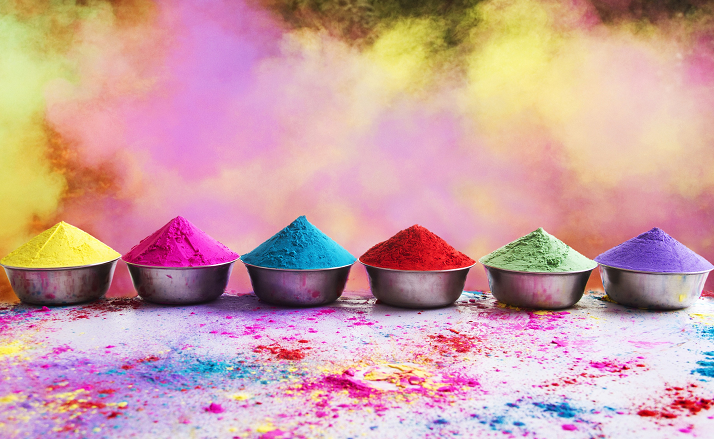


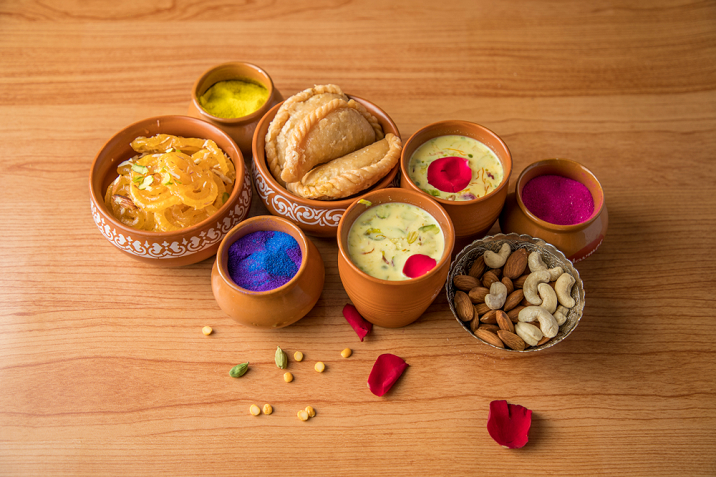




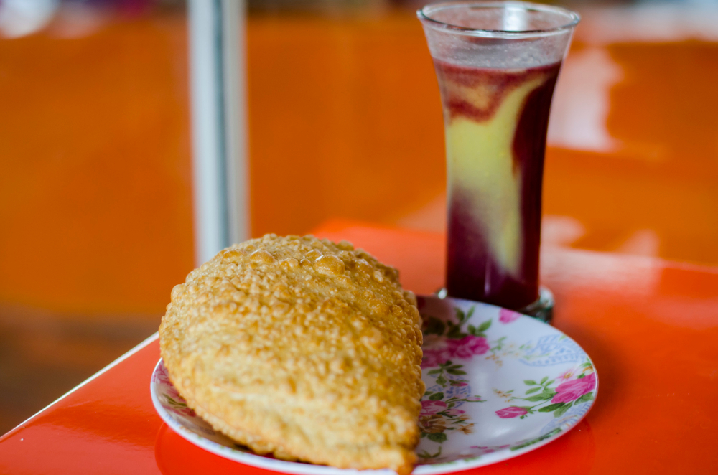


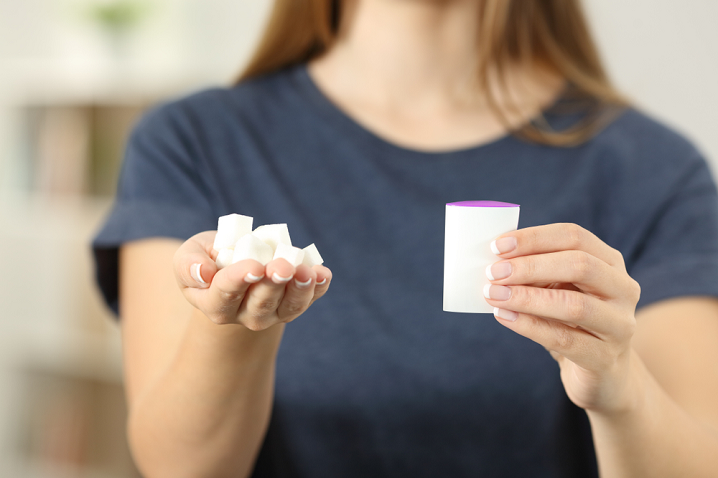








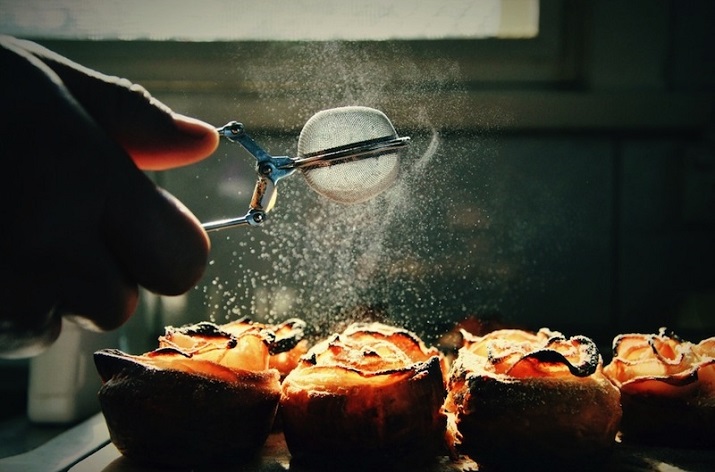
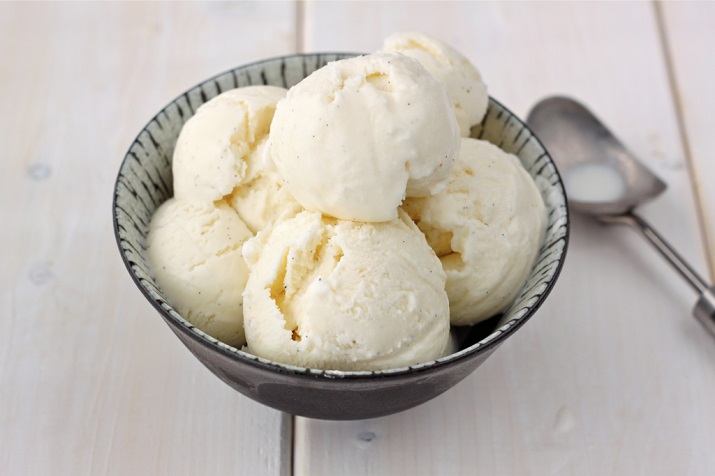
Add comment